Big cats have captivated human imagination for centuries due to their grace, power, and formidable hunting skills. These apex predators occupy a crucial role in ecosystems, maintaining the balance by keeping herbivore populations in check. In this article, we will explore five big cat species renowned for their exceptional hunting prowess.
The Unmatched Speedster: The Cheetah
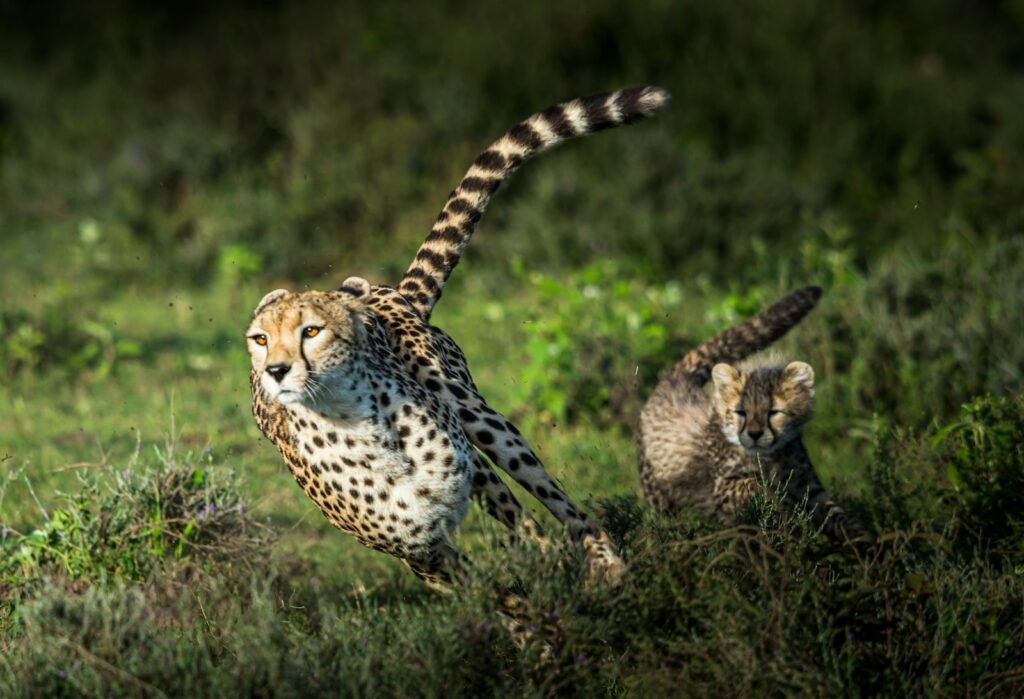
The cheetah (Acinonyx jubatus) is synonymous with speed, holding the title of the fastest land animal. Capable of reaching speeds up to 60-70 mph in short bursts, it uses its acceleration and agility to catch prey on the African savannahs. However, the cheetah’s hunting techniques involve more than just speed; stealth and precision are key, as they stalk prey until a perfect moment for a sprint arises.
Stealthy and Powerful: The Leopard

Leopards (Panthera pardus) are celebrated for their adaptability and solitary hunting techniques. Found across Africa and Asia, they use their remarkable climbing ability and stealth to ambush prey. Leopards are particularly known for their nocturnal hunting habits, allowing them to avoid competition while taking down prey significantly larger than themselves.
Cooperative Hunting Masters: The Lions
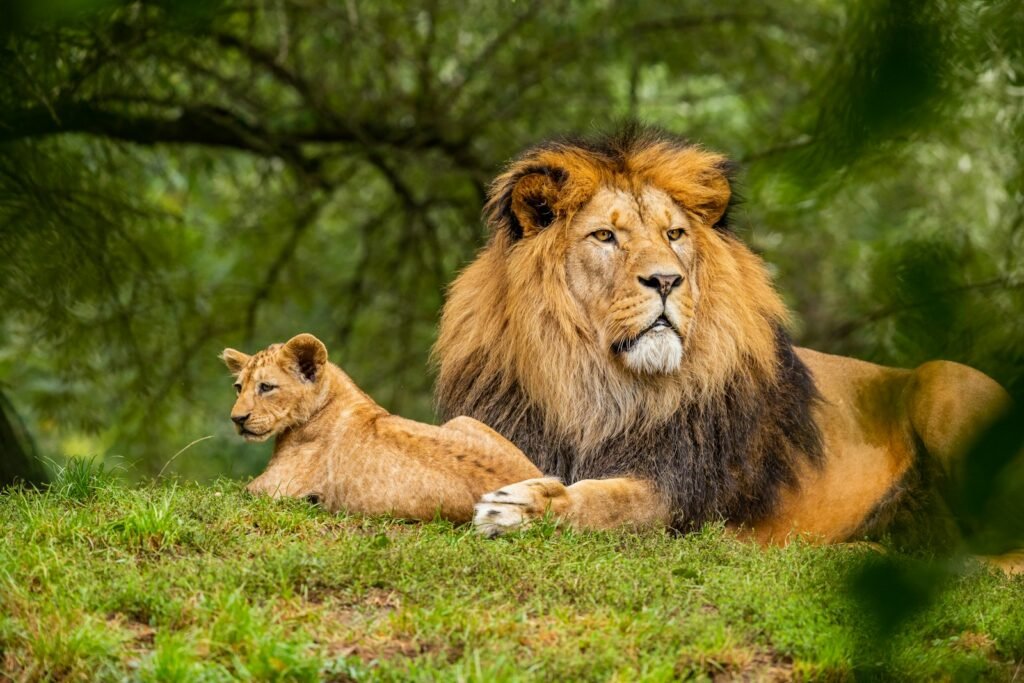
Lions (Panthera leo), the only social big cats, hunt in prides, which gives them a strategic advantage. Through teamwork, lions can take down large animals such as zebras and wildebeests. The females, the primary hunters, execute well-coordinated ambushes, showcasing an impressive blend of strength and strategy.
The Silent Stalker: The Tiger
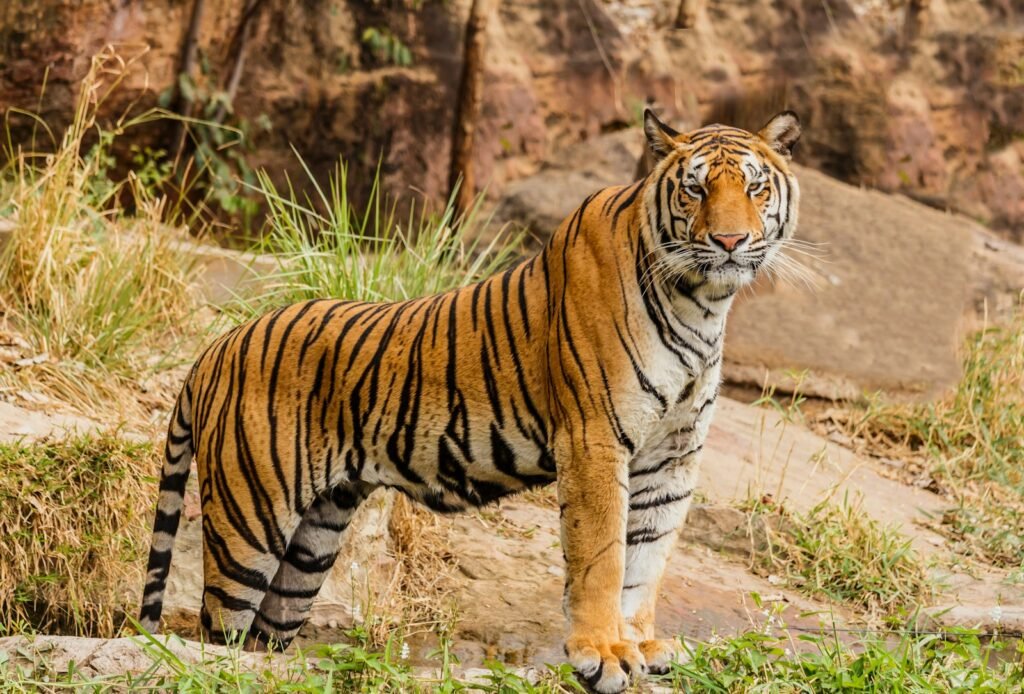
Tigers (Panthera tigris), inhabiting parts of Asia, are solitary hunters known for their strength and stealth. They utilize their camouflaged coats to approach prey undetected within forested environments. With a powerful bite and strong limbs, tigers are capable of taking down sizable prey such as deer and even water buffalo.
Elusive and Adaptable: The Snow Leopard
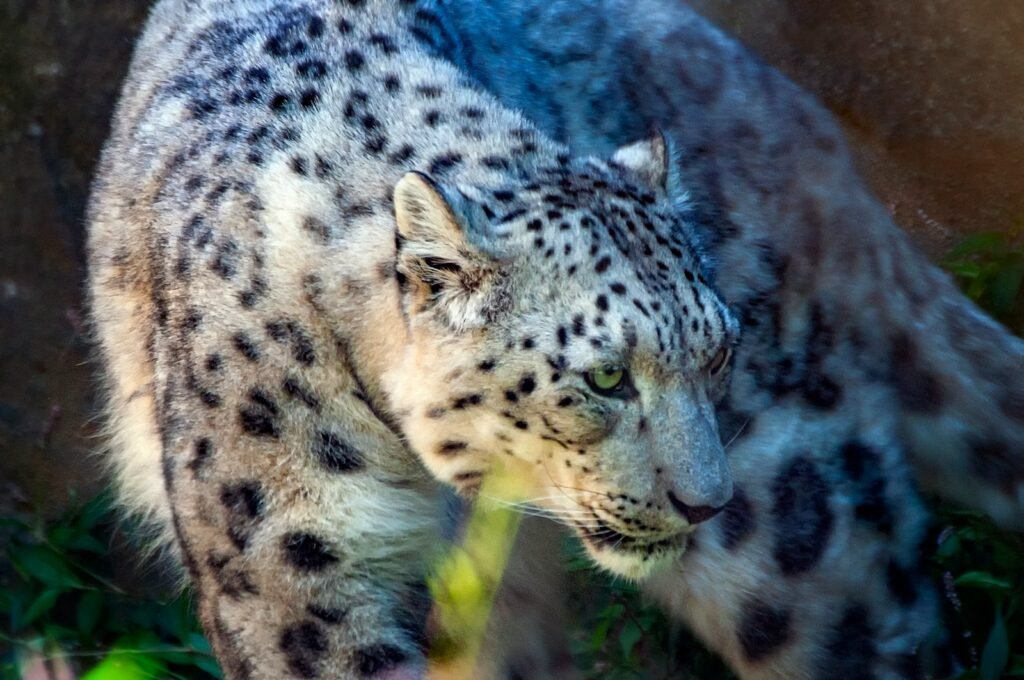
Snow leopards (Panthera uncia) occupy the cold, mountainous regions of Central and South Asia. Their superb camouflage and remarkable ability to navigate rugged terrain make them effective hunters. Snow leopards primarily feed on mountain goats and sheep, executing ambushes using the cover of rocks and cliffs.
The Role of Big Cats in Ecosystems
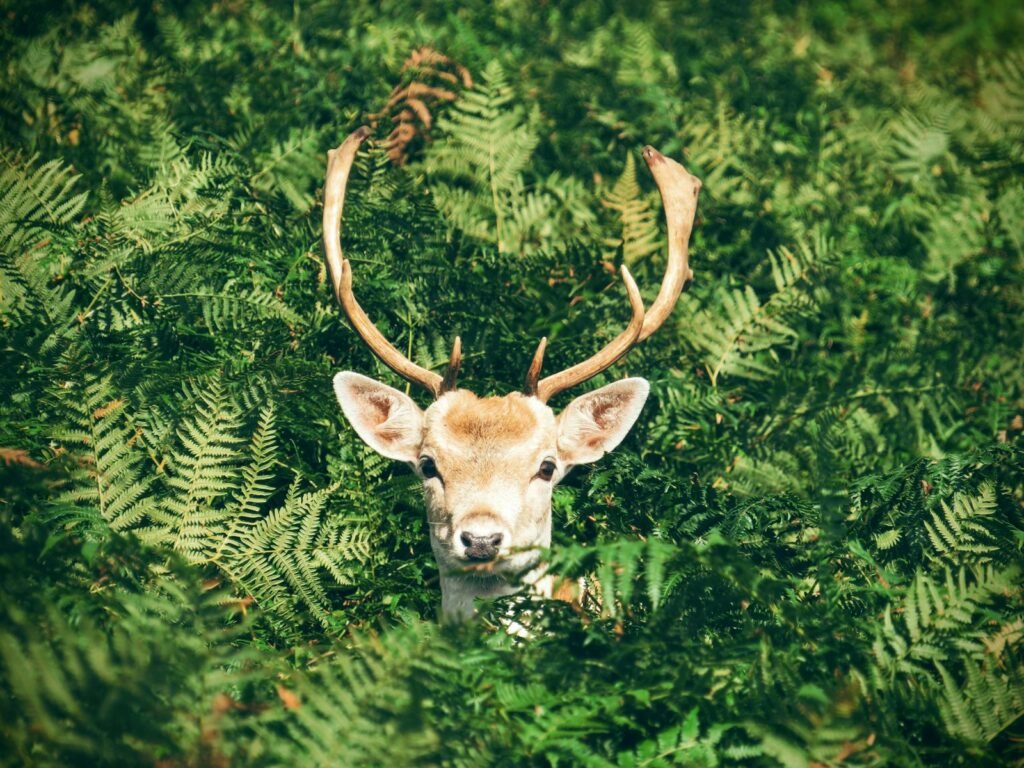
Big cats play a vital role in maintaining ecological balance. By regulating prey populations, they prevent overgrazing, which can lead to habitat degradation. Apex predators like big cats also contribute to biodiversity by supporting species diversity through their impact on prey populations.
Threats Facing Big Cat Populations
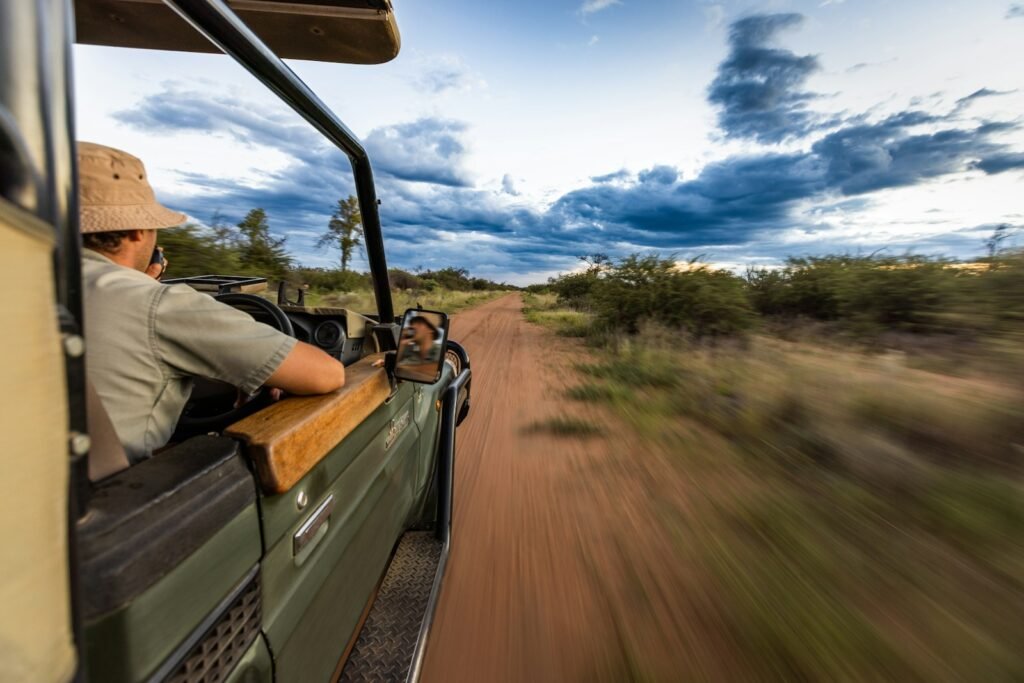
Despite their prowess, big cat populations face numerous threats, including habitat loss, poaching, and human-wildlife conflict. Urban expansion and deforestation significantly reduce their natural habitats, while illegal wildlife trade endangers certain species further.
Conservation Efforts to Protect Big Cats

Conservationists are actively working to protect big cat species through various initiatives. Protected areas and national parks help provide safe havens, while anti-poaching measures aim to curb illegal hunting. Efforts also include community engagement to reduce human-wildlife conflict and foster coexistence.
Appreciating the Majesty of Big Cats
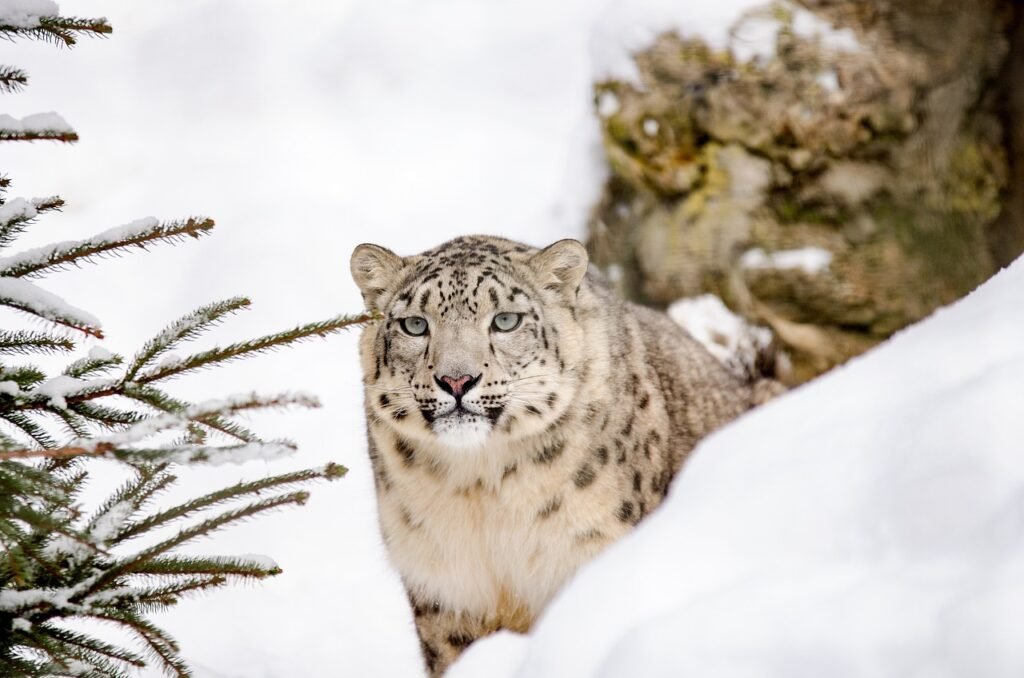
Beyond their ecological significance, big cats hold a special place in cultural history and human fascination. They have inspired countless myths, stories, and artistic representations throughout various cultures, symbolizing strength and majesty.
Conclusion: Big Cats as Nature’s Predatory Marvels
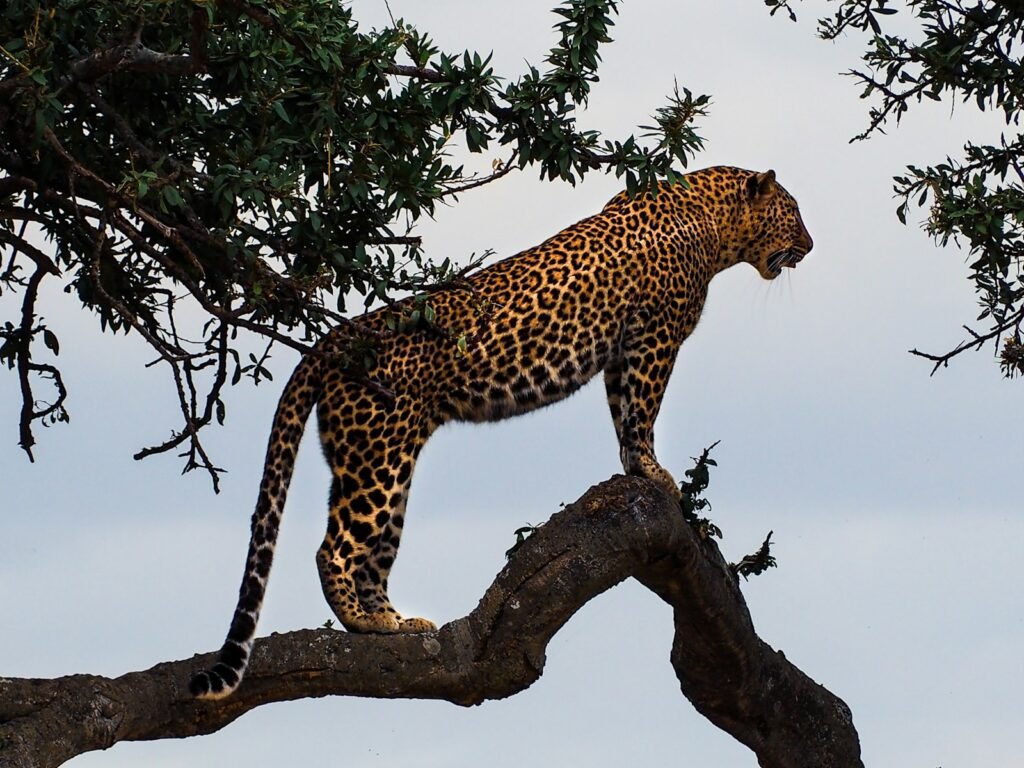
The five big cat species discussed exemplify nature’s ingenuity in predator evolution, each with unique adaptations that make them exceptional hunters. Understanding and appreciating their role is essential in our efforts to conserve these majestic creatures for future generations.

Suhail Ahmed is a passionate digital professional and nature enthusiast with over 8 years of experience in content strategy, SEO, web development, and digital operations. Alongside his freelance journey, Suhail actively contributes to nature and wildlife platforms like Feline Fam, where he channels his curiosity for the Feline into engaging, educational storytelling.
With a strong background in managing digital ecosystems — from ecommerce stores and WordPress websites to social media and automation — Suhail merges technical precision with creative insight. His content reflects a rare balance: SEO-friendly yet deeply human, data-informed yet emotionally resonant.
Driven by a love for discovery and storytelling, Suhail believes in using digital platforms to amplify causes that matter — especially those protecting Earth’s biodiversity and inspiring sustainable living. Whether he’s managing online projects or crafting wildlife content, his goal remains the same: to inform, inspire, and leave a positive digital footprint.






